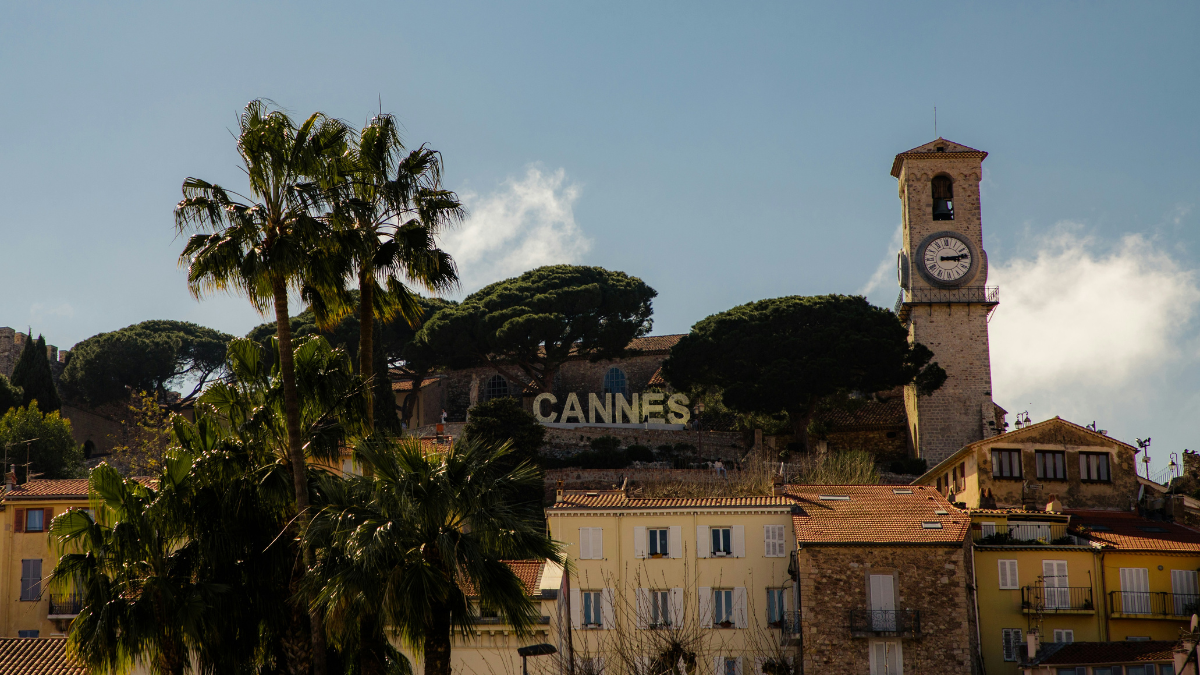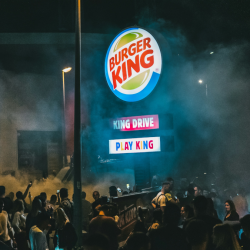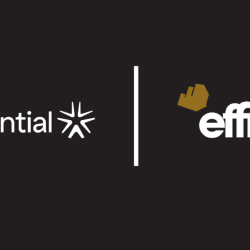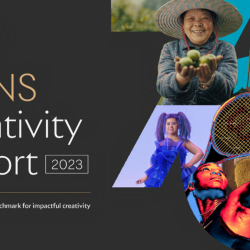Last year at Cannes, AI was the talk of the town. This year, As Yonca Dervişoğlu put it so concisely at the ‘Redefining the Role of the Marketer in the Age of AI’ panel on the LinkedIn rooftop, focus has shifted from the ‘wow’ to the ‘how’ of AI.
Just as the stages of Cannes Lions were previously dominated by talk around digital marketing or big data — and the threat they posed to our industry — now they’ve become an invisible part of our lives. People have realised that AI is slowly and steadily becoming another palette in the creativity paint pot. Long story short, while the role of AI is growing and resistance to it is declining, there was a clear shift towards the fundamentals of craft and the human nature of creativity at this year’s Cannes Lions Festival of Creativity. Therefore, it wasn’t just about AI. This year was about all the colours in the creative palette, including AI, and all the other elements that fuel artistic expression.
Common themes across the stages included bravery, culture, humour, authenticity, entertainment, storytelling, absurdity, imperfection, relatability, and simplicity.
Some highlights from the week:
Elon Musk warned us that an existential crisis is imminent, because AI will soon be capable of doing everything.
James Patterson emphasised the power of belief and motivation, attributing his drive to his grandmother’s saying, ‘hungry dogs run faster’. He, along with Liz Taylor, CCO of Ogilvy, also reminded us that we’re lucky to play, not work, for life and to find something we love that people pay us for.
Jacques Séguéla, the original ‘Mad Man’ of France, pleaded to ‘love ideas, love creativity, love life’ and delivered the message to keep the fire inside us burning as he accepted his Lion of St. Mark award, with the crowd, in awe of his passion at 90, applauding with admiration, envy and tears.
Mike Cessario gave one of the best speeches of the festival, ‘Entertain or Die: Day Trading Attention for the 21st Century’, with attendees sitting on the floor to watch and eagerly grabbing Liquid Death waters. He stressed that in the digital age, advertisements are skippable and must have entertainment value, which may require a different approach: collaborating with talent from the entertainment industry, for example, hiring unique talents like SNL writers.
GUT told the story of how they created a brand, not just an agency, and even handed out their iconic plain black GUT t-shirts at the entrance. They conducted an interactive session to help everyone discover their ‘brand one word,’ a new concept they introduced.
Kenan Thompson delivered a brief yet one of the week’s most entertaining talks, demonstrating that if something is funny, it naturally captures attention without needing to fight for it.
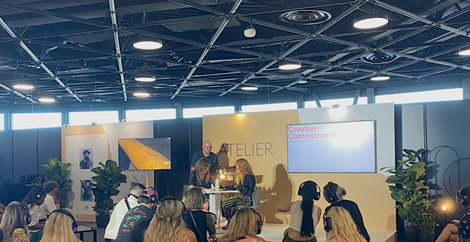
In the ‘Future Gazers: Navigating the Next 18 Months of Innovation’ panel, where industry visionaries (including Les Binet) shared the stage, Andrey Tyukavkin explored whether LesBot (an AI designed to replicate Les) could truly replace him. He concluded that even Les isn’t the same person he was three days ago, highlighting that his expertise and know-how are irreplaceable. In the talk ‘The Extraordinary Cost of Dull,’ System1 demonstrated that beige ads, those that do not evoke any emotional response, require significantly more budget and 7.3% more media support to achieve the same growth as more engaging ads. This highlights that every time marketing leaders reject brilliant creative ideas, they are unknowingly paying a ‘beige tax,’ the hidden cost of rejecting great ideas.
Among all the inspirational sessions, one that personally inspired me was the interactive workshop ‘How To: Embrace Creative Commitment — A Live Tattoo Session,’ led by Kika Douglas, Chief Creative Officer of 180 Global, and Amanda Wachob, a tattoo artist. While some might view it as a stunt, I found it profoundly valuable because it was not just talk but action.
As Amanda tattooed Kika during the live session, they made the case for embracing discomfort to achieve creative commitment. They discussed the significance of creative commitment, the power of permanence, and the importance of pushing through discomfort in creativity to achieve a lasting impact.
Never did I think there was a lesson to be learned from tattoo artistry. But I shouldn’t have been so surprised. The body has long served as a canvas to communicate values at a glance, to mark a certain attitude or express belonging to a certain group, and has played a contemporary role in personal branding. Experiencing creative risk first-hand, I decided to walk the talk, demonstrate my commitment to the creativity path, and wear my heart on my sleeve (literally).
Featured image: Jovan Vasiljević / Unsplash


















